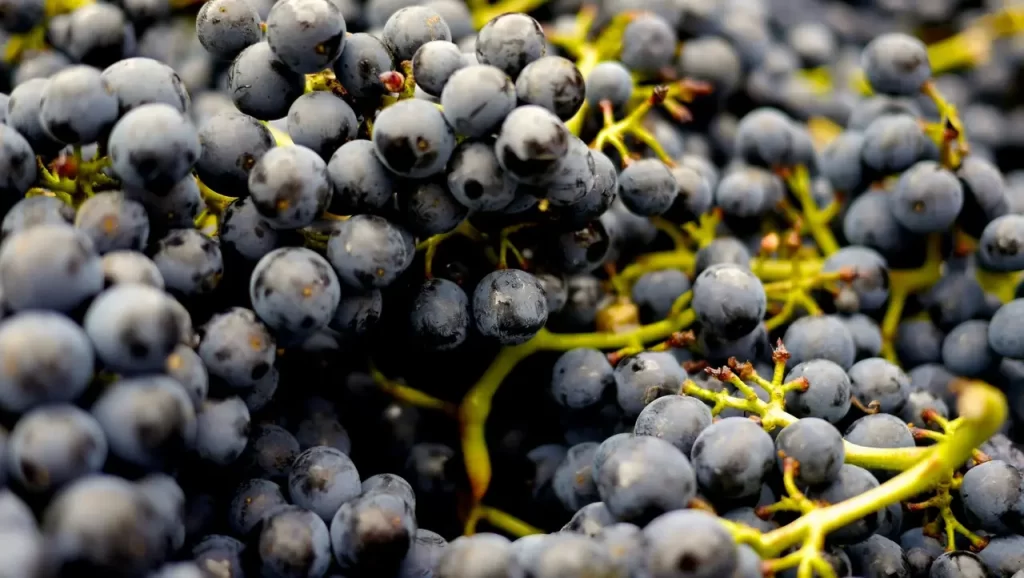Exploring The Effects Of Phenolic Compounds: Implications For Health And Disease Prevention
Phenolic compounds are a diverse group of phytochemicals found abundantly in plant-based foods and beverages. These compounds have garnered significant attention due to their potential health-promoting effects, including antioxidant, anti-inflammatory, anticancer, and neuroprotective properties. This analysis delves into the multifaceted effects of phenolic compounds on human health, elucidating their mechanisms of action, dietary sources, and potential therapeutic applications.
Antioxidant Activity
– Reactive Oxygen Species (ROS) Scavenging:
Phenolic compounds exhibit potent antioxidant activity by scavenging reactive oxygen species (ROS), neutralizing free radicals, and preventing oxidative damage to cellular components such as lipids, proteins, and DNA. Their ability to donate hydrogen atoms or electrons confers antioxidant properties, protecting cells from oxidative stress and reducing the risk of chronic diseases.
– Metal Chelation:
Some phenolic compounds possess metal-chelating properties, inhibiting metal-catalyzed oxidation reactions and reducing the formation of harmful free radicals. By chelating transition metals such as iron and copper, phenolic compounds prevent metal-induced oxidative damage and mitigate oxidative stress-related pathologies, such as cardiovascular disease and neurodegeneration.
Anti-Inflammatory Effects
– Modulation Of Inflammatory Pathways:
Phenolic compounds exert anti-inflammatory effects by modulating key inflammatory signaling pathways, such as nuclear factor-kappa B (NF-κB) and mitogen-activated protein kinase (MAPK) pathways. By inhibiting the expression of pro-inflammatory cytokines (e.g., TNF-α, IL-6) and inflammatory mediators (e.g., COX-2, iNOS), phenolic compounds mitigate inflammation and suppress immune responses implicated in chronic inflammatory diseases.
– Regulation Of Immune Function:
Phenolic compounds regulate immune cell function and cytokine production, modulating both innate and adaptive immune responses. By enhancing anti-inflammatory cytokine secretion (e.g., IL-10) and promoting regulatory T cell differentiation, phenolic compounds exert immunomodulatory effects that contribute to immune homeostasis and resolution of inflammation.
Anticancer Properties
– Antiproliferative Effects:
Phenolic compounds possess antiproliferative properties by inhibiting cancer cell growth, inducing cell cycle arrest, and promoting apoptosis in malignant cells. Their ability to target multiple signaling pathways involved in cell proliferation, survival, and angiogenesis makes them promising candidates for cancer prevention and therapy.
– Antiangiogenic Activity:
Some phenolic compounds exhibit antiangiogenic effects by inhibiting the formation of new blood vessels essential for tumor growth and metastasis. By targeting angiogenic factors (e.g., VEGF, bFGF) and endothelial cell signaling pathways, phenolic compounds suppress tumor angiogenesis and disrupt tumor vasculature, limiting tumor progression and metastatic spread.
Neuroprotective Effects
– Protection Against Oxidative Stress:
Phenolic compounds exert neuroprotective effects by combating oxidative stress, reducing neuronal damage, and preserving brain function. Their antioxidant properties mitigate oxidative damage to neurons, protect against lipid peroxidation, and maintain mitochondrial function, thus preventing neuronal degeneration and cognitive decline associated with aging and neurodegenerative diseases.
– Anti-Amyloidogenic Activity:
Some phenolic compounds inhibit the aggregation of amyloid-beta (Aβ) peptides and tau proteins, pathological hallmarks of Alzheimer’s disease and other neurodegenerative disorders. By disrupting protein misfolding and fibril formation, phenolic compounds attenuate Aβ-induced neurotoxicity and tau hyperphosphorylation, offering potential therapeutic strategies for Alzheimer’s disease treatment.
Dietary Sources And Bioavailability
– Fruits And Vegetables:
Phenolic compounds are abundant in fruits, vegetables, nuts, seeds, and whole grains, with berries, citrus fruits, apples, grapes, and green leafy vegetables being particularly rich sources. Consumption of a diverse array of plant-based foods provides a wide range of phenolic compounds with varying bioavailability and health benefits.
– Processing And Cooking Methods:
Food processing and cooking methods can influence the content and bioavailability of phenolic compounds in foods. While some phenolic compounds are heat-stable and retain their antioxidant activity during cooking (e.g., flavonoids in tea), others may undergo degradation or loss of bioactivity (e.g., anthocyanins in fruits) due to heat exposure or enzymatic reactions.
Conclusion
Phenolic compounds exhibit diverse biological activities with potential implications for health and disease prevention. Their antioxidant, anti-inflammatory, anticancer, and neuroprotective properties make them promising candidates for dietary interventions, nutraceutical development, and pharmaceutical applications. By incorporating phenolic-rich foods into the diet and exploring innovative strategies to enhance their bioavailability and efficacy, researchers aim to harness the therapeutic potential of phenolic compounds for promoting optimal health and preventing chronic diseases.
Thank you for taking the time to explore Kingwood Memory Care & Assisted Living. We’re committed to providing compassionate and personalized care for individuals with memory-related challenges. If you have any questions or would like to learn more about our services, please don’t hesitate to reach out to us at 281.892.1400 or via email at info@kingwoodmemorycare.com. We’re here to support you and your loved ones on this journey.





